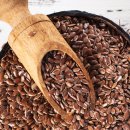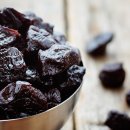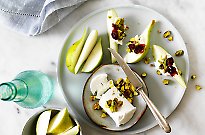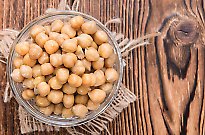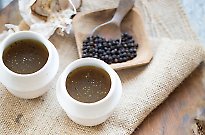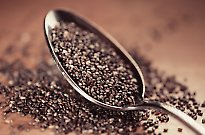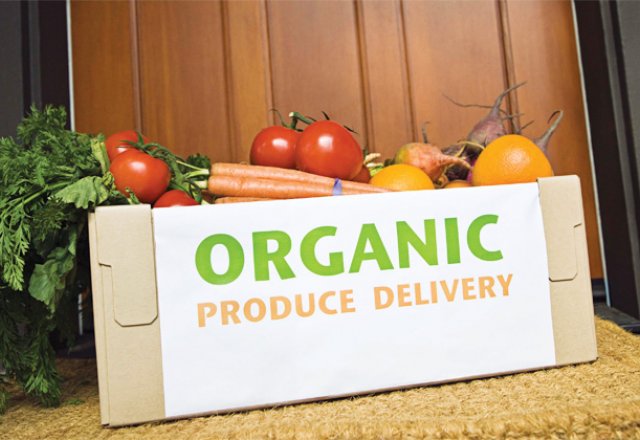
5 ways to a sustainable diet
5 ways to a sustainable diet

Here are five tips to help you green up your diet that you can use all year long.
1. Buy local
When you buy food that’s been grown or produced nearby, you help cut down on the average 2,400 kilometres that food travels from farm to fork. That means reducing the amount of oil being burned and the amount of carbon emitted into the atmosphere.
Plus, buying locally often means supporting small farms – which are typically using sustainable agricultural techniques that protect water and build healthy soils. They don’t have the option of moving their operations to new locations when the soil becomes unworkable. Their livelihood, and the health of the towns they live in, depends on sustainable growing techniques that preserve and replenish the fertility of their small patch of soil. Local growers also typically plant a wide variety of crops, in contrast to some large industrial farms, which grow hundreds or thousands of acres of the same crop. Crop diversity is a good defence against the spread of damaging insects and plant pathogens. If a problem arises in one crop, it’s unlikely to spread to others.
2. Buy organic
Choosing organic foods may reduce carbon dioxide emissions by up to 68 per cent. That said, going completely organic all the time can take a toll on your wallet. If you also buy organic because you’re concerned about your personal health, consider forgoing organic if/when you buy these 15 fruits and vegetables (they make up the Environmental Working Group’s Clean 15 list, as least likely to be contaminated with pesticide residues).
3. Grow your own
Whether you grow a pot of herbs on your windowsill or replace a bed of flowers with dark leafy greens, a home garden is the ultimate local food source. Plus, it’s a great way to supplement your trips to the grocery store. Not only are you saving food miles racked up from food producers, but you’re also cutting back on how often you travel to the store and back. Picking and eating your produce when it’s ripest means it’s also at its peak nutrition-wise.
4. Cut back
on some types
of meat
Did you know that more greenhouse gases are produced worldwide by animal farming than by transportation? Well, it’s true! Some types of meat, though, have more of a negative impact on the environment than others. In fact, the Environmental Working Group recently looked at the environmental impact of 20 conventionally grown protein sources – including beans, dairy, produce, meat and poultry – and determined which are the best and worst choices. The top offenders (as in ones you should limit) are: lamb, chicken and pork.
5. Be sushi smart
Since 1950, about a third of all fished species worldwide have collapsed. Thus, making sustainable seafood choices is important. When you’re ordering sushi, is that maguro (tuna) more sustainable than the sake (salmon)? To find out more, take a look at the Australian Marine Conservation Society’s Sustainable Seafood Guide, sustainableseafood.org.au, which categorises seafood into best choices, good alternatives and those to avoid.
THE CLEAN 15
Onions, corn, pineapple, avocado, asparagus, sweet peas, mango, eggplant, rockmelon, kiwi, cabbage, watermelon, sweet potatoes, grapefruit and mushrooms.
Browse more food & diet tips or connect with us on Facebook!
By: Brierley Wright, M.S., R.D.



